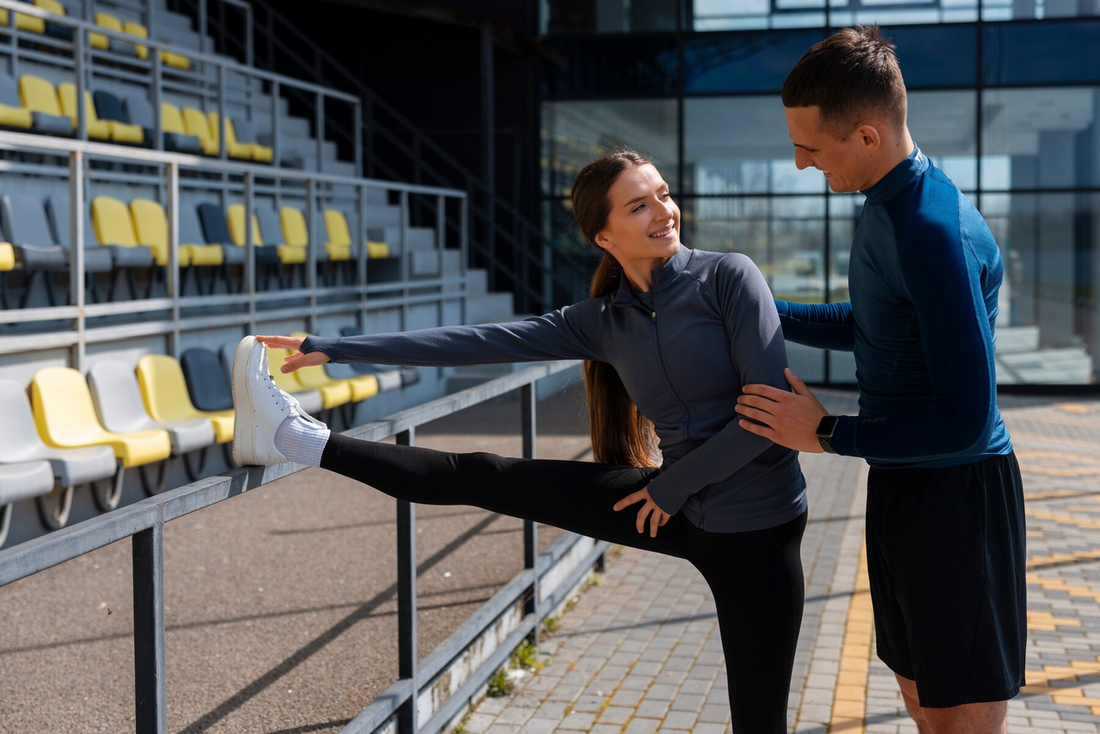Running is a fantastic way to stay fit and healthy, but it can also lead to injuries if not approached correctly. Physical therapy provides valuable insights and techniques to help runners prevent injuries and enhance their performance. This article explores expert physical therapy tips for running injury-free, focusing on proper techniques, strength training, stretching, and recovery strategies.
-
Proper Running Techniques:
Good running form is essential for preventing injuries. Physical therapists emphasize the importance of maintaining an upright posture, engaging the core, and keeping the shoulders relaxed. Ensure that your foot strikes the ground beneath your hips, not in front, to reduce impact and strain on your joints.
-
Gradual Progression:
Avoid the temptation to increase your running distance or intensity too quickly. Follow the 10% rule, which suggests increasing your mileage by no more than 10% per week. Gradual progression allows your body to adapt to increased demands, reducing the risk of overuse injuries.
-
Strength Training:
Incorporating strength training into your routine can significantly reduce the risk of running injuries. Focus on exercises that strengthen the core, hips, and legs. Key exercises include squats, lunges, planks, and glute bridges. Strong muscles support your joints and improve overall running mechanics.
-
Dynamic Warm-Up:
A proper warm-up prepares your muscles and joints for the demands of running. Perform dynamic stretches such as leg swings, high knees, and butt kicks before you start running. This increases blood flow, enhances flexibility, and reduces the risk of muscle strains.
-
Cool Down and Stretching:
After your run, take time to cool down and stretch. Static stretching helps improve flexibility and reduce muscle tightness. Focus on key muscle groups such as the calves, hamstrings, quadriceps, and hip flexors. Hold each stretch for 20-30 seconds.
-
Listen to Your Body:
Pay attention to any signs of discomfort or pain. Persistent pain or soreness could indicate an injury. It’s important to rest and seek professional advice if you experience any persistent or worsening symptoms. Early intervention can prevent minor issues from becoming serious injuries.
-
Footwear and Orthotics:
Wearing the right shoes is crucial for injury prevention. Choose running shoes that provide adequate support and cushioning for your foot type and running style. Consider visiting a specialty running store for a gait analysis. If necessary, custom orthotics can provide additional support and alignment.
-
Recovery Strategies:
Recovery is an essential part of any training regimen. Ensure you get enough sleep, stay hydrated, and follow a balanced diet to support your training. Incorporate rest days into your schedule to allow your body to recover and repair.
-
Cross-Training:
Incorporate cross-training activities such as swimming, cycling, or yoga into your routine. These activities help improve overall fitness, reduce the risk of overuse injuries, and provide a break from the repetitive stress of running.
-
Professional Guidance:
Consulting with a physical therapist can provide personalized advice and tailored exercise programs to prevent injuries. Physical therapists can assess your running form, identify potential risk factors, and develop a comprehensive injury prevention plan.
Running injury-free requires a combination of proper techniques, strength training, stretching, and effective recovery strategies. By incorporating these expert physical therapy tips into your routine, you can enjoy the benefits of running while minimizing the risk of injuries. Remember, consistency and attention to detail are key. Stay proactive about injury prevention, and consult with a physical therapist for personalized guidance to keep you running strong and injury-free.




